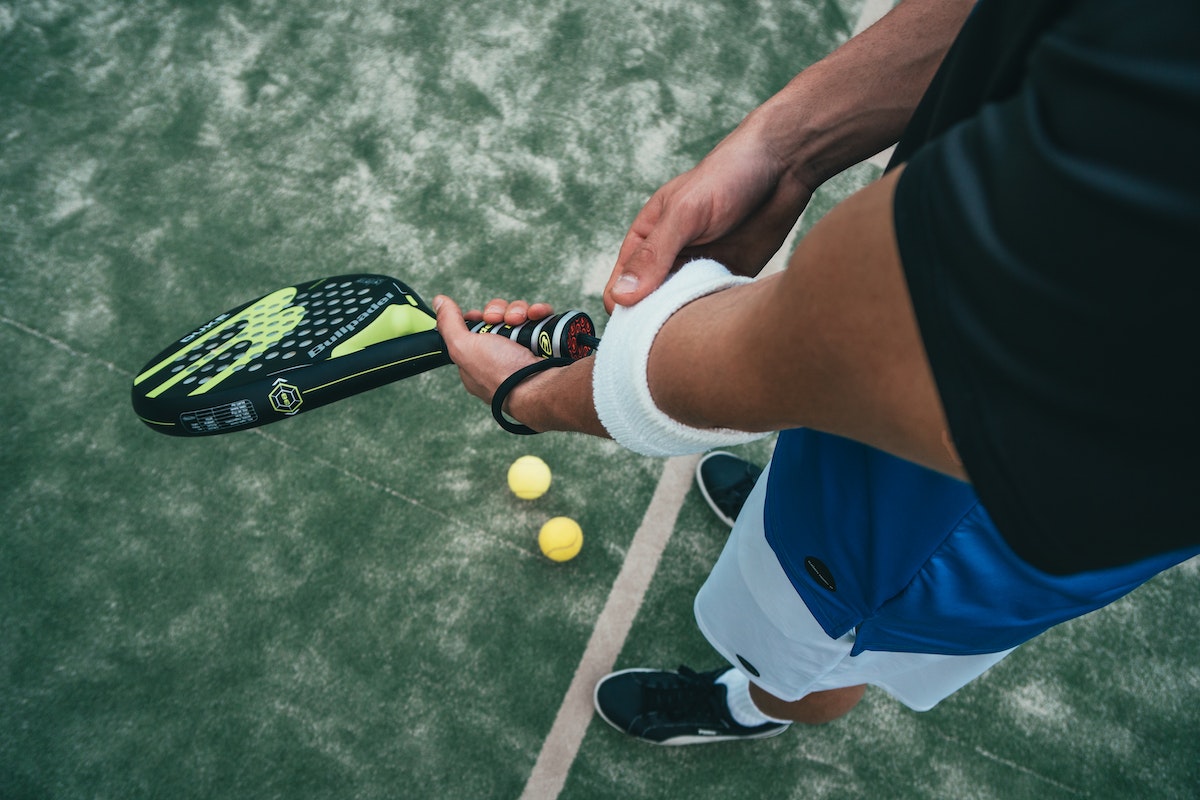How to Select Fabrics That Enhance Performance in Athletic Wear

Though athleisure is more popular than ever as a fashion trend, workout clothes aren’t just about style. Form-fitting, breathable, sweat-wicking and stretchy fabrics are essential to improving your exercise performance.
Fabric choice is crucial in athletic wear, influencing breathability, moisture-wicking, and durability. Here’s how to select the best fabrics for your athletic apparel:
Contents [show]
Flexibility
Workout clothes must support a full range of movement without restricting it. This is especially important during intense workouts when you need to move fast. Ill-fitting clothing can hinder your flexibility, leading to injury.
To avoid this, look for fabric ideas for athletic wear with stretch that provide a comfortable fit and movement. Spandex, for example, can stretch up to eight times its normal size and mold to your body shape while providing a breathable feel during strenuous movements.
Synthetic polyester is another durable, breathable fabric that can handle vigorous physical activities. It is also water-resistant and insulating, making it suitable for warm and cold climates.
Another great option is merino wool, which is natural and environmentally sustainable. It is lightweight, thermally regulating, sweat-wicking and odor-resistant. Knitting wool garments is a no-waste process, with the leftover yarn being recycled into insulation or blankets. Wool is also known to be elastic and soft against the skin. It also provides good support for muscles and helps prevent chafing. As such, it is a popular choice for activewear and gym clothes.
Breathability
Fabrics that are breathable help keep athletes comfortable and cool while they’re working out. Athletes can overheat quickly if their garments don’t breathe properly, so materials with breathability features like mesh panels and perforations are ideal for workout apparel.
Breathable fabrics also help sweat to evaporate faster, preventing chaffing and discomfort. This feature is particularly important for athletes who enjoy outdoor activities that involve the elements, such as joggers and hikers.
Unlike cotton, which can soak up moisture and become bulky and heavy, breathable polyester workout clothing keeps you light and dry. This type of clothing can also repel water and prevent your clothes from absorbing it, so it’s ideal for rainy workouts. Another durable fabric to consider is nylon, which stretches 100 times more than its original size. It’s also odor-resistant, breathable and fast-drying. It’s also wrinkle-resistant and resistant to mildew, making it an ideal choice for sportswear.
Moisture-Wicking
Moisture-wicking fabrics are a game changer in athletic wear, promoting a comfortable and dry workout experience. The body naturally produces sweat to regulate temperature, but a fabric’s ability to transport moisture away from the skin helps prevent overheating and discomfort.
The wicking process works by transporting sweat to the outer layer of the fabric through capillary spaces featured in a fabric’s construction. Once the effort reaches the outside of the material, it evaporates quickly, helping the wearer stay cool and dry.
This breathable quality makes moisture-wicking fabrics ideal for high-intensity exercise, including Jiu Jitsu and running, and medium-intensity training sessions like yoga. It’s also important for outdoor workouts in hot and humid weather, as these fabrics can help athletes avoid heatstroke and hypothermia.
Synthetic moisture-wicking fabrics can be formulated with various fiber types, weights, and stretch factors to meet specific performance requirements. Often, they are designed with a smooth texture and tightly woven surface that resists pilling and snags, mitigating chafing. These fabrics can also undergo specialized treatments and finishes to enhance their overall performance, like by introducing hydrophilic or hydrophobic properties that attract or repel moisture.
Durability
Durability is a vital attribute of high-performance athletic fabrics. The fabric should be durable enough to withstand repeated washing and use without becoming worn out or prone to stretching out of shape. It should also be able to withstand the impact of vigorous exercise, such as running or power-lifting, without stretching out of the body.
Another consideration is how the fabric will feel against the skin, impacting comfort during workouts. In addition, it’s a good idea to choose fabrics that provide UV protection against the sun’s harmful rays.
Polyester is one of the most common types of fabric used in sportswear. This cloth is made from plastic fibers, which makes it lightweight, wrinkle-free and durable. It can be treated with a moisture-wicking finish to help absorb sweat.
Other popular fabrics for activewear include nylon, terry cloth and spandex. Spandex is a synthetic fiber known for its stretchability, essential for athletic wear. It’s often blended with other fabrics to improve strength and durability. Nylon is a highly durable fabric often used in outdoor sportswear because of its water-resistant and breathable properties.
Style
Even the best workout gear will only help if it feels comfortable on your skin. Look for fabrics that are soft to the touch, with minimal seams and stitching, for an irritation-free experience.
Choose fabrics that provide a bit of style, such as a hint of sheen or color that highlights the body’s natural shape. This is particularly important for outerwear, like leggings and jackets.
Lastly, consider sustainability when choosing fabrics for your activewear line. While synthetic fabrics offer a wide range of benefits, avoiding those that shed microplastics throughout their lifecycle is advisable. Look for fabrics made from organic cotton, recycled polyester, wool (like Arms of Andes or Icebreaker), TENCEL(TM), hemp, and bamboo to avoid these harmful substances.
Also Read: Lentoria Condo: Your Gateway to Urban Luxury
In addition, choose fabrics with OEKO-TEX(tm) STANDARD 100 and bluesign(tm) certifications. Lastly, be sure to request a sample swatch before placing an order. Ensuring the fabric meets your quality standards will save you time and money. Plus, it will give you a better idea of how the material will feel and stretch.





